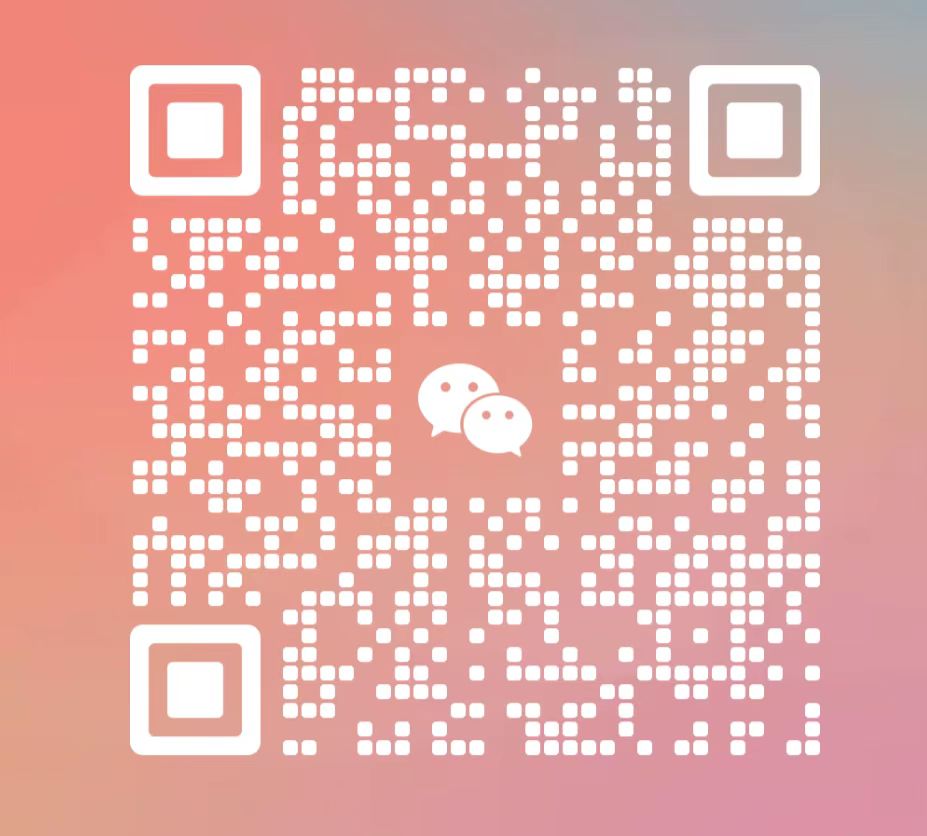Bearing Size Standards and Markings
Bearings are vital components widely used in machinery to reduce friction and support rotating or moving parts. To ensure compatibility and ease of identification, bearing size standards and appropriate markings are essential. This article explores the key standards in bearing sizing and the significance of their markings for engineers and manufacturers.
**1. Understanding Bearing Size Standards:**
Bearing sizes are standardized to facilitate interchangeability and consistency across manufacturers. The most widely recognized standards are set by organizations such as the International Organization for Standardization (ISO) and the American National Standards Institute (ANSI). Some critical aspects of these standards include:
- **Dimensions:** Standardized dimensions include the inner diameter (ID), outer diameter (OD), and width (W). These dimensions are designated using numerical codes (e.g., 6204 for a specific ball bearing), where the first two digits indicate the bearing series, the next two specify the bore size, and additional numbers may signify specific design features or modifications.
- **Tolerance Levels:** Bearing tolerances refer to the allowable deviation from specified dimensions. Standards such as ISO 492 provide clarity on tolerances that should be adhered to for consistent performance and fit within assemblies.
- **Types of Bearings:** The standards categorize various types of bearings, including ball bearings, roller bearings, thrust bearings, and more. Each category has its unique sizing conventions that address their design and application requirements.
**2. Marking Conventions:**
Bearing markings are crucial for manufacturers and users alike. Proper markings help in identifying the bearing type, size, and specifications without needing to measure the component physically.
- **Size Code:** As mentioned earlier, the size code is essential for identifying a bearing’s dimensions and design. For example, a bearing with a designation of 6204-2RS would indicate a 6204 model with rubber seals on both sides.
- **Manufacturer Identification:** The bearing marking often includes a code or logo that identifies the manufacturer. This is particularly important for after-market support, where replacement parts or technical assistance are needed.
- **Material and Design Features:** Manufacturers may indicate specific features such as whether the bearing is shielded, sealed, has a certain lubricant type, or if it’s made from special materials (e.g., stainless steel or ceramic).
- **Country of Origin and Certification Marks:** Bearings may also carry information about their country of manufacture and certification marks that indicate compliance with industry standards, enhancing reliability and safety.
**3. Importance of Standardization:**
The international standardization of bearing sizes and markings offers several benefits:
- **Interchangeability:** Standard sizes ensure that bearings from different manufacturers can be used interchangeably without compromising performance, which is crucial in global supply chains.
- **Ease of Maintenance and Replacement:** Technicians can quickly identify and order replacement parts based on standard markings, reducing downtime and maintenance costs.
- **Improved Communication:** Standardized markings facilitate better communication among designers, engineers, and manufacturers, streamlining the design and manufacturing processes.
**4. Conclusion:**
Understanding bearing size standards and markings is essential for anyone involved in the design, manufacturing, or maintenance of machinery. By adhering to established standards, manufacturers can ensure the reliability and performance of their products while enabling easier identification and interchangeability for users. As industries continue to evolve, maintaining these standards will remain crucial for ensuring the effective operation of machines and systems worldwide.
